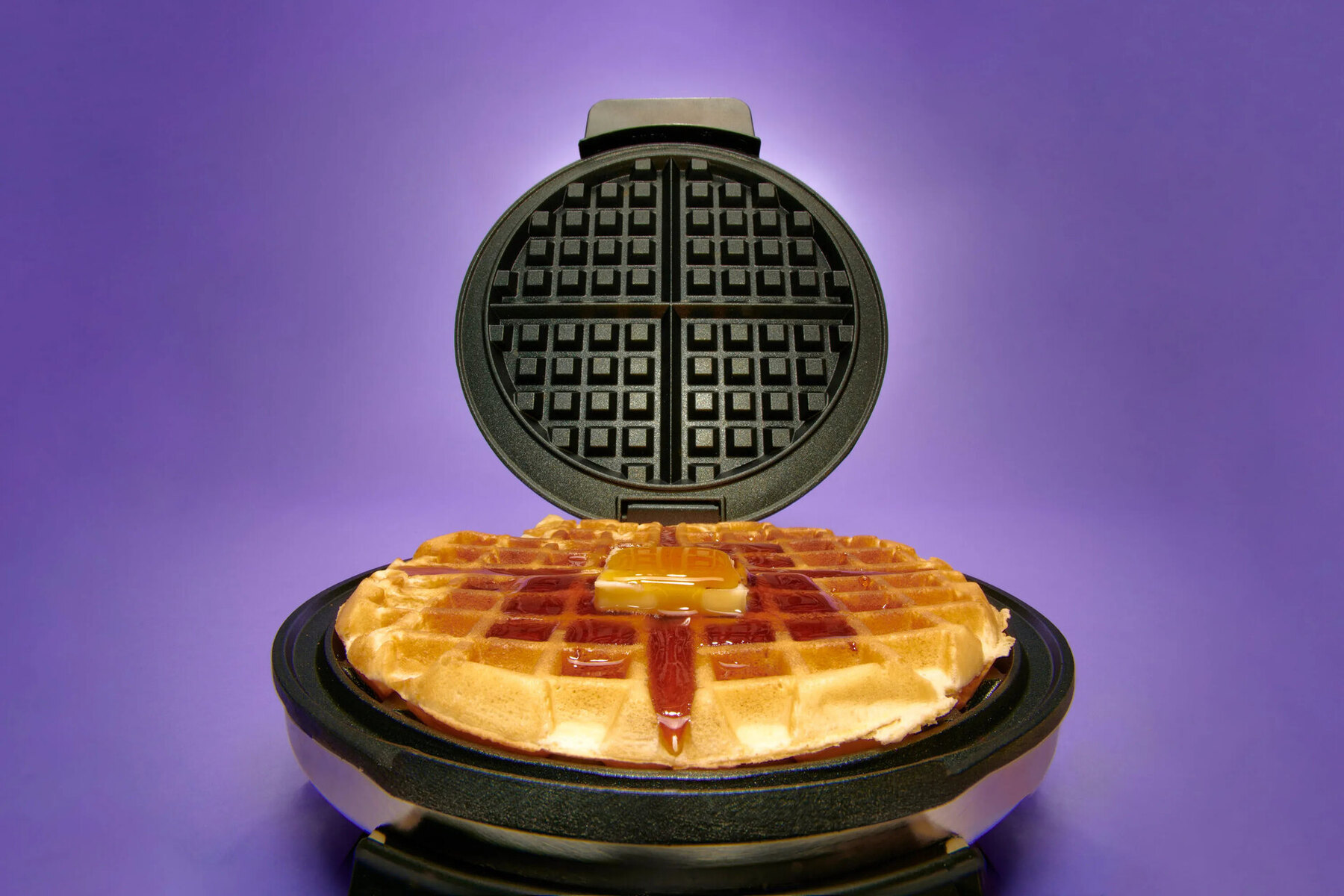

Articles
What Came First The Waffle Or The Waffle Iron
Modified: February 21, 2024
Discover the answer to the age-old question: What came first, the waffle or the waffle iron? Read fascinating articles that explore the history and origins of this beloved breakfast treat.
(Many of the links in this article redirect to a specific reviewed product. Your purchase of these products through affiliate links helps to generate commission for Storables.com, at no extra cost. Learn more)
Introduction
Waffles, those delicious crispy treats with their signature grid pattern, have become a beloved staple of breakfast menus around the world. Whether smothered in syrup, topped with fresh fruit, or served with a dollop of whipped cream, waffles have a special place in our culinary hearts. But have you ever wondered about the origins of waffles and the invention of the waffle iron? What came first, the waffle or the waffle iron?
Unraveling the history of waffles requires us to travel back in time to ancient civilizations and explore the evolution of cooking techniques. Along the way, we’ll discover how the waffle iron emerged as a key tool in creating these delectable treats. Join us on this journey to uncover the fascinating story of waffles and the invention of the waffle iron.
Key Takeaways:
- The waffle iron revolutionized waffle making, providing a consistent and efficient cooking method. Its evolution from basic designs to smart technology has enhanced the waffle-making experience, offering versatility and control.
- Waffles have transcended breakfast tables to become iconic in popular culture. From literature and art to films and social media, waffles symbolize comfort, indulgence, and creativity, captivating our imaginations and taste buds.
Read more: What Year Was The First Waffle Iron Make
The Origins of Waffles
To understand the origins of waffles, we must delve into the early history of this beloved culinary creation. The story starts with ancient civilizations that enjoyed a precursor to the waffle known as a pancake. These early pancakes were simple mixtures of grains and water, which were cooked on hot stones or heated griddles.
The ancient Greeks and Romans are known to have made variations of pancakes, often sweetened with honey or fruit. These early pancakes were more similar to what we know today as crepes, thin and delicate in texture. It wasn’t until the Middle Ages that a thicker, cake-like version of the pancake emerged, resembling the waffles we enjoy today.
The concept of waffles as we know them came to prominence in medieval Europe. Waffles were initially made by pouring a batter onto hot metal plates with intricate designs engraved on them. These designs, often depicting coats of arms or religious symbols, added an artistic element to the waffle and made them a popular treat at banquets and feasts.
Waffles quickly became symbolic of wealth and indulgence, as they required special equipment and skill to prepare. The affluent households of Europe began investing in waffle irons, which were made from cast iron and featured hinged plates that allowed the batter to be cooked evenly. These early waffle irons were held over a fire or placed directly onto a stove, providing an efficient way to create the desired crispiness.
In addition to their role in feasts and banquets, waffles held a deeper cultural significance in medieval Europe. They were often associated with religious rituals and celebrations, such as Shrove Tuesday, also known as “Waffle Day.” This day marked the start of Lent, a period of fasting and reflection in the Christian calendar, and waffles were enjoyed as a last indulgence before the fasting period began.
The influence of waffles in medieval Europe can also be seen in the development of guilds dedicated to the craft of waffle making. These guilds had strict regulations and standards for waffle production and were responsible for training new waffle makers. The guilds not only upheld the quality of waffles but also played a role in safeguarding the secret recipes and techniques associated with waffle making.
The origins of waffles are deeply rooted in ancient civilizations and medieval Europe, where they evolved from simple pancakes into unique, aesthetically pleasing treats. The influence of waffles in medieval culture continues to shape our perception and enjoyment of this beloved breakfast item to this day.
The Invention of the Waffle Iron
While waffles have a rich history dating back centuries, the invention of the waffle iron revolutionized the way these delectable treats were made. Before the waffle iron came into existence, various techniques were employed to create waffles, each with its own limitations.
Early techniques of waffle making involved pouring the batter onto hot stones or griddles, a method that lacked consistency and made it challenging to achieve the desired texture and shape. These methods required constant monitoring and flipping of the batter to ensure even cooking, making it a time-consuming and labor-intensive process.
The emergence of the waffle iron changed the game. The first waffle irons can be traced back to the 14th century, featuring two hinged plates that pressed together to cook the batter evenly. These early waffle irons were simple in design, usually made of cast iron and heated directly over an open flame or stove.
Notable inventors and innovators played a crucial role in the development of the waffle iron. One such figure is Cornelius Swarthout, who patented the first stove-top waffle iron in the United States in 1869. His design featured a long handle, allowing users to easily flip the iron to cook both sides of the waffle.
Another important innovator in the waffle iron industry was Charles M. Cole, who patented the first electric waffle iron in 1891. This groundbreaking invention eliminated the need for open flames or stovetops and provided a more convenient and controlled way of cooking waffles.
Over time, the waffle iron underwent various improvements and modifications. The addition of temperature controls and non-stick coatings made the cooking process more precise and user-friendly. Innovations like adjustable plates allowed users to create waffles with different thicknesses and shapes, catering to individual preferences.
Modern waffle irons also offer features like indicator lights to signal when the waffle is cooked to perfection and removable plates for easy cleaning. These advancements have made waffle making more accessible to home cooks and have contributed to the widespread popularity of waffles as a breakfast staple.
The invention and evolution of the waffle iron have transformed waffle making from a laborious task to a convenient and enjoyable experience. Thanks to the creativity of inventors and the integration of modern technologies, we can now easily create crispy and delicious waffles with just the flip of a switch.
The earliest waffles were cooked over an open fire using two metal plates with wooden handles. The waffle iron, as we know it today, was invented in the 14th century.
The Waffle Iron’s Evolution
Since its inception, the waffle iron has seen significant evolution and improvements in its design. From simple cast iron models to modern, feature-rich appliances, the waffle iron has come a long way in enhancing the waffle-making experience.
The early waffle irons featured a basic hinged design with flat plates to cook the batter evenly. However, as demand for waffles grew, manufacturers began to experiment with various design modifications to improve performance and efficiency.
One significant improvement was the introduction of the Brussels waffle iron, which featured deeper, rectangular grids. This design enhancement allowed for larger, fluffier waffles with deeper pockets to hold syrup and toppings.
As technology advanced, waffle irons went from being exclusively cast iron to incorporating materials like non-stick coatings, aluminum, and stainless steel. This evolution helped prevent sticking and made the cleaning process much more manageable.
In the 20th century, the popularity of waffles surged, leading to the commercialization of waffle irons. Companies started manufacturing waffle irons on a large scale, making them more accessible to homes, restaurants, and hotels. The commercial models were designed to be durable, efficient, and capable of producing large quantities of waffles in a short amount of time.
Modern waffle irons now come with a range of features and variations to cater to different preferences and dietary needs. Temperature control settings allow users to achieve the desired level of crispiness in their waffles. Some models even have multiple cooking modes, allowing for different textures and browning levels.
One notable trend in waffle iron design is the incorporation of removable and interchangeable plates. This innovation allows users to experiment with different waffle styles, such as Belgian, heart-shaped, or even savory varieties. The versatility offered by these interchangeable plates has made waffle irons a versatile appliance in the kitchen.
Furthermore, the rise of digital technology has introduced smart waffle iron models that connect to smartphones or tablets via Bluetooth or Wi-Fi. These high-tech appliances offer precise temperature control, recipe libraries, and notifications to ensure flawless waffle making.
The evolution of the waffle iron has not only improved functionality but has also opened new doors for creativity in waffle making. People can now enjoy a wide variety of waffle creations, from classic buttermilk waffles to gluten-free, vegan, and innovative flavor combinations.
The waffle iron’s evolution has transformed it from a simple cooking tool to a versatile and customizable appliance. As technologies continue to advance, we can expect even more exciting features and capabilities to enhance our waffle-making experiences in the future.
Waffles in Pop Culture
Waffles have not only found their place on breakfast tables but also in various forms of popular culture. From literature and art to films and television, and even as a food trend, waffles have achieved a significant presence in our everyday lives.
Waffles have made appearances in literature and art throughout history. They have been portrayed in still life paintings, capturing their golden brown texture and intricate grid pattern. Artists have used waffles as symbolic representations of indulgence, decadence, or even as a metaphor for the complexities of life.
In the realm of literature, waffles have been mentioned in various books, often used to evoke a sense of comfort and nostalgia. They are often described with vivid details, such as the enticing aroma and the crispiness of the edges. Waffles have become a motif for sentimental and intimate moments in storytelling.
Waffles have also made their way onto the silver screen and television screen, becoming iconic food references in popular films and shows. In the 2003 cult-classic movie “Elf,” Will Ferrell’s character famously declares, “I love syrup on my spaghetti!” while pouring copious amounts of syrup over his plate of spaghetti and waffles.
Television shows have also featured waffles as a recurring element in their storylines. In the hit series “Stranger Things,” the characters bond over Eggo waffles, which become synonymous with their shared experiences and adventures.
Waffles have not only left their mark in traditional forms of media but have also become a food trend in recent years. Waffle-centric restaurants and food trucks have gained popularity, offering an array of creative and unconventional waffle combinations.
Food enthusiasts and influencers have taken to social media platforms, showcasing elaborate and Instagram-worthy waffle creations. These range from loaded dessert waffles topped with ice cream and sweet sauces to savory waffles adorned with savory ingredients like fried chicken and bacon.
Waffles have become more than just a breakfast food; they have become a symbol of comfort, indulgence, and creativity. Their appearances in literature, art, films, and television have further cemented their place in popular culture and our collective consciousness.
As the fascination with waffles continues to grow, we can expect to see them play an even more prominent role in popular culture, captivating our imaginations and taste buds alike.
Conclusion
The story of waffles and the invention of the waffle iron takes us on a fascinating journey through history, culture, and culinary innovation. From their humble pancake-like origins to the rise of the waffle iron as a crucial tool, waffles have evolved into a beloved breakfast staple enjoyed around the world.
The early history of waffles reveals their significance in ancient civilizations and their transformation into the cake-like treats we know today. In medieval Europe, waffles became symbols of indulgence and cultural celebrations, paving the way for the emergence of the waffle iron.
The invention of the waffle iron revolutionized the way waffles were made, providing a more efficient and consistent cooking method. Notable inventors and innovators brought about several design improvements, resulting in the widespread popularity and accessibility of waffle irons.
With time, waffle irons underwent significant evolution, incorporating new materials, features, and variations. Innovations like removable plates and smart technologies have provided users with greater versatility and control in their waffle making endeavors.
Waffles have not only made their mark in the culinary world but have also left a lasting impression in popular culture. They have found their way into literature, art, films, and television, with appearances that evoke nostalgia, comfort, and even become iconic references in pop culture.
Furthermore, waffles have become a food trend, inspiring creative and elaborate waffle creations that captivate food enthusiasts and social media platforms alike. As waffles continue to captivate our taste buds and imaginations, their influence in popular culture is expected to grow even further.
In conclusion, the story of waffles and the invention of the waffle iron showcases the ingenuity and creativity of humanity throughout history. From their humble beginnings to their current popularity, waffles continue to bring joy and culinary delight to people of all ages and cultures.
So, the next time you indulge in a plate of warm, crispy waffles, take a moment to appreciate the rich history and innovation that has gone into bringing this beloved breakfast treat to your plate.
Frequently Asked Questions about What Came First The Waffle Or The Waffle Iron
Was this page helpful?
At Storables.com, we guarantee accurate and reliable information. Our content, validated by Expert Board Contributors, is crafted following stringent Editorial Policies. We're committed to providing you with well-researched, expert-backed insights for all your informational needs.
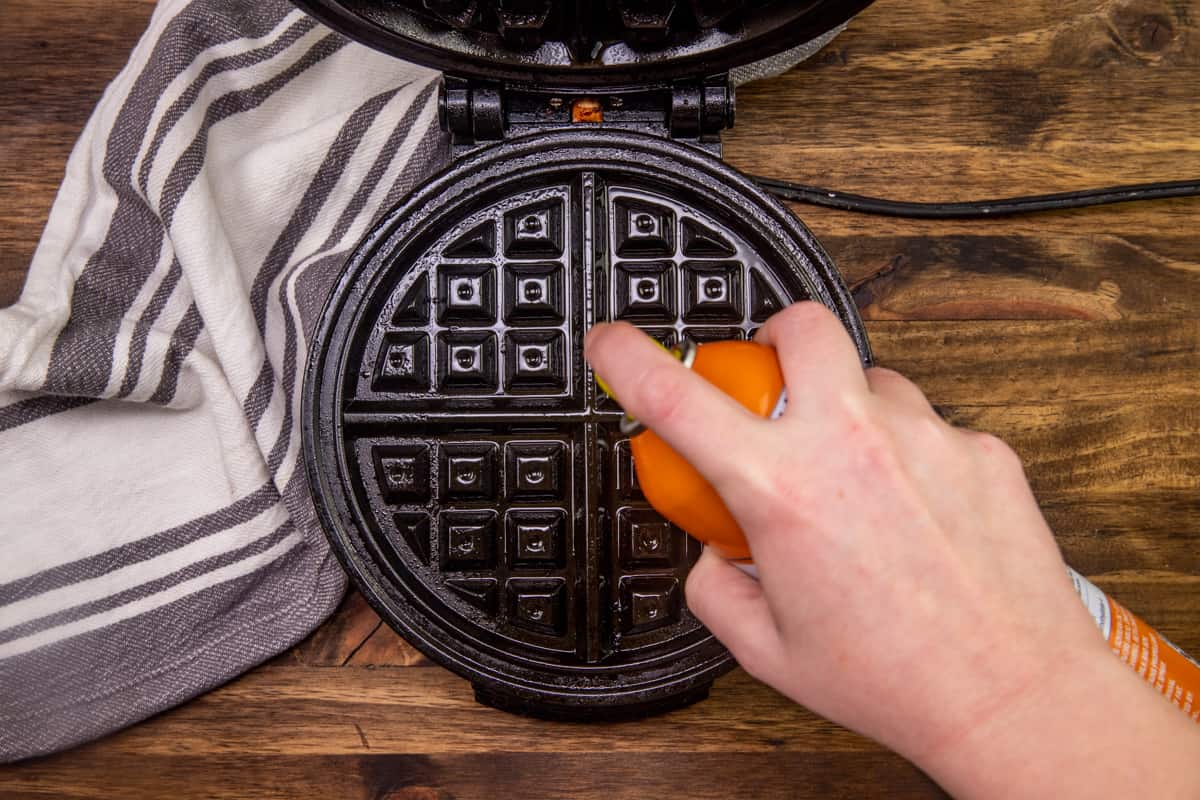
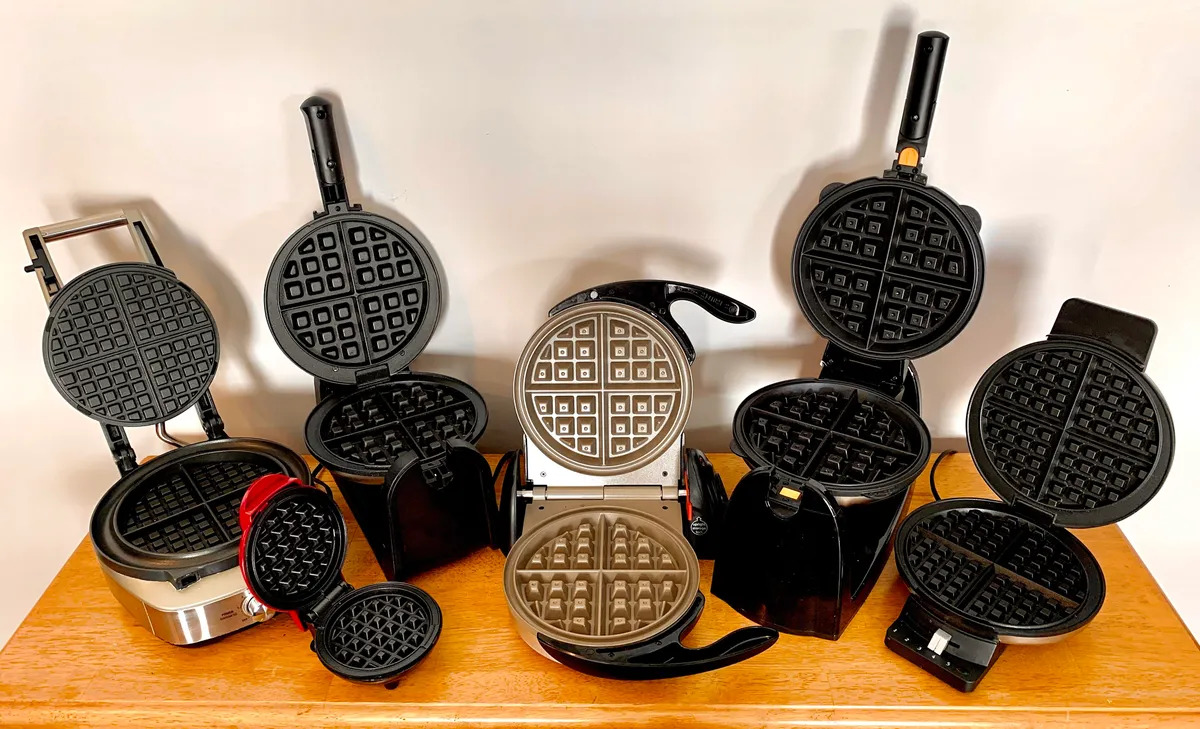
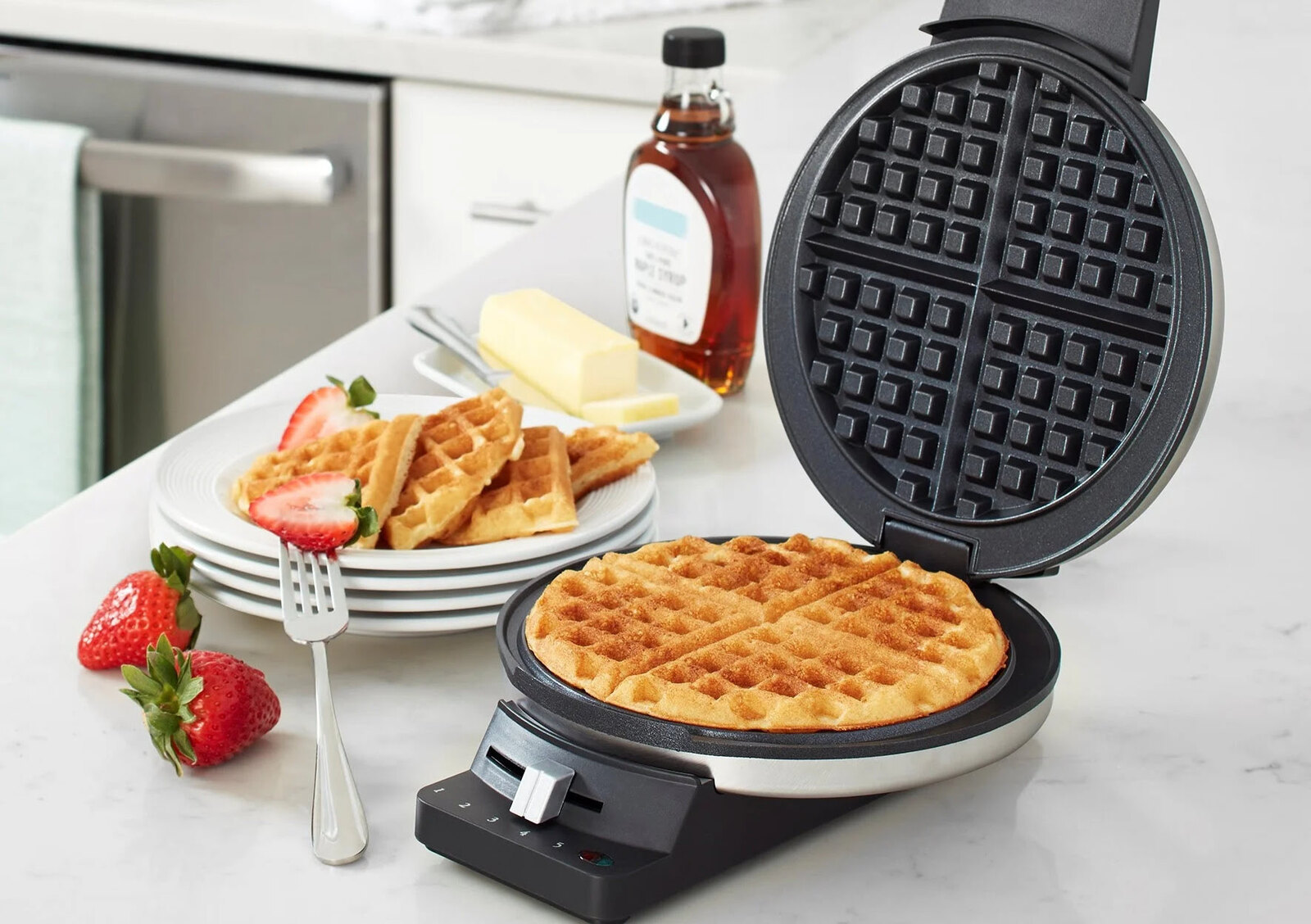
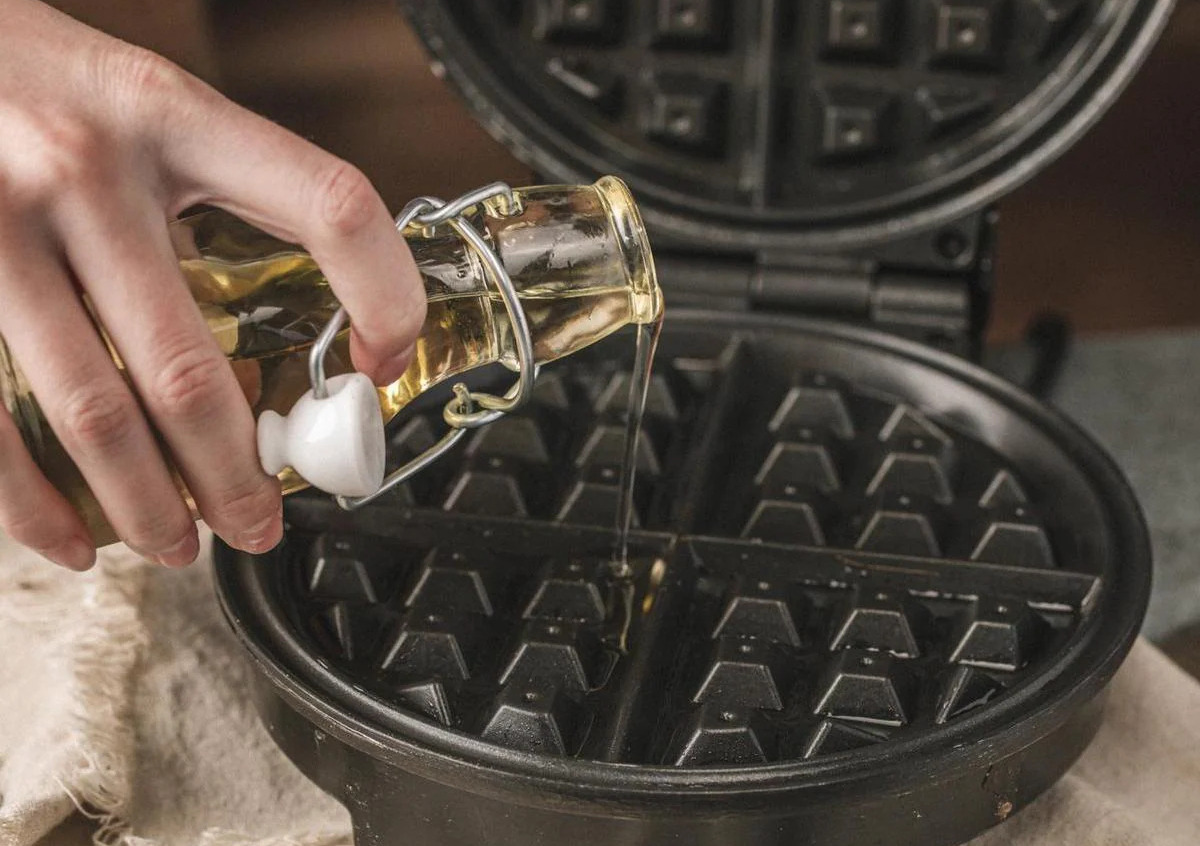

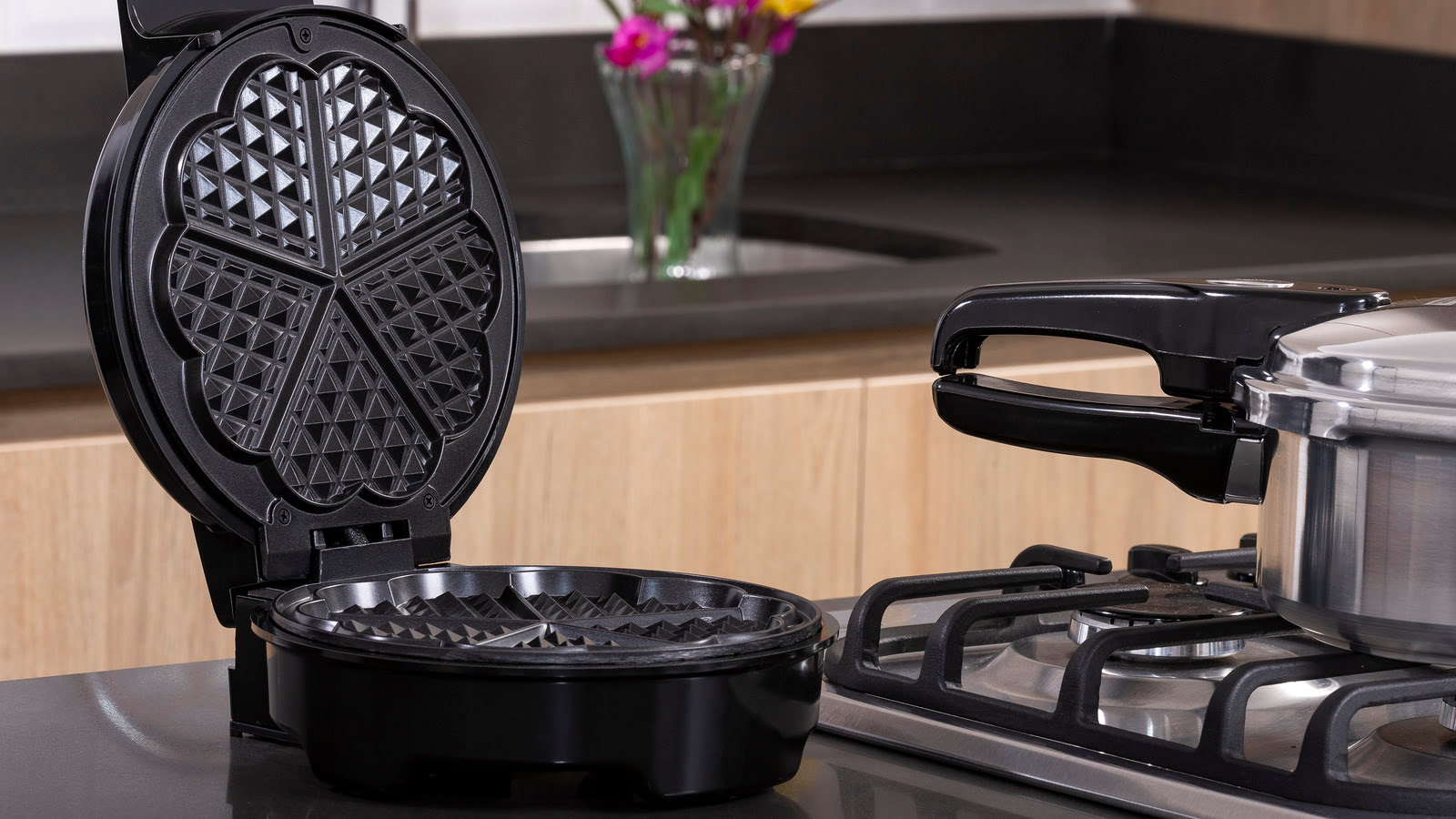
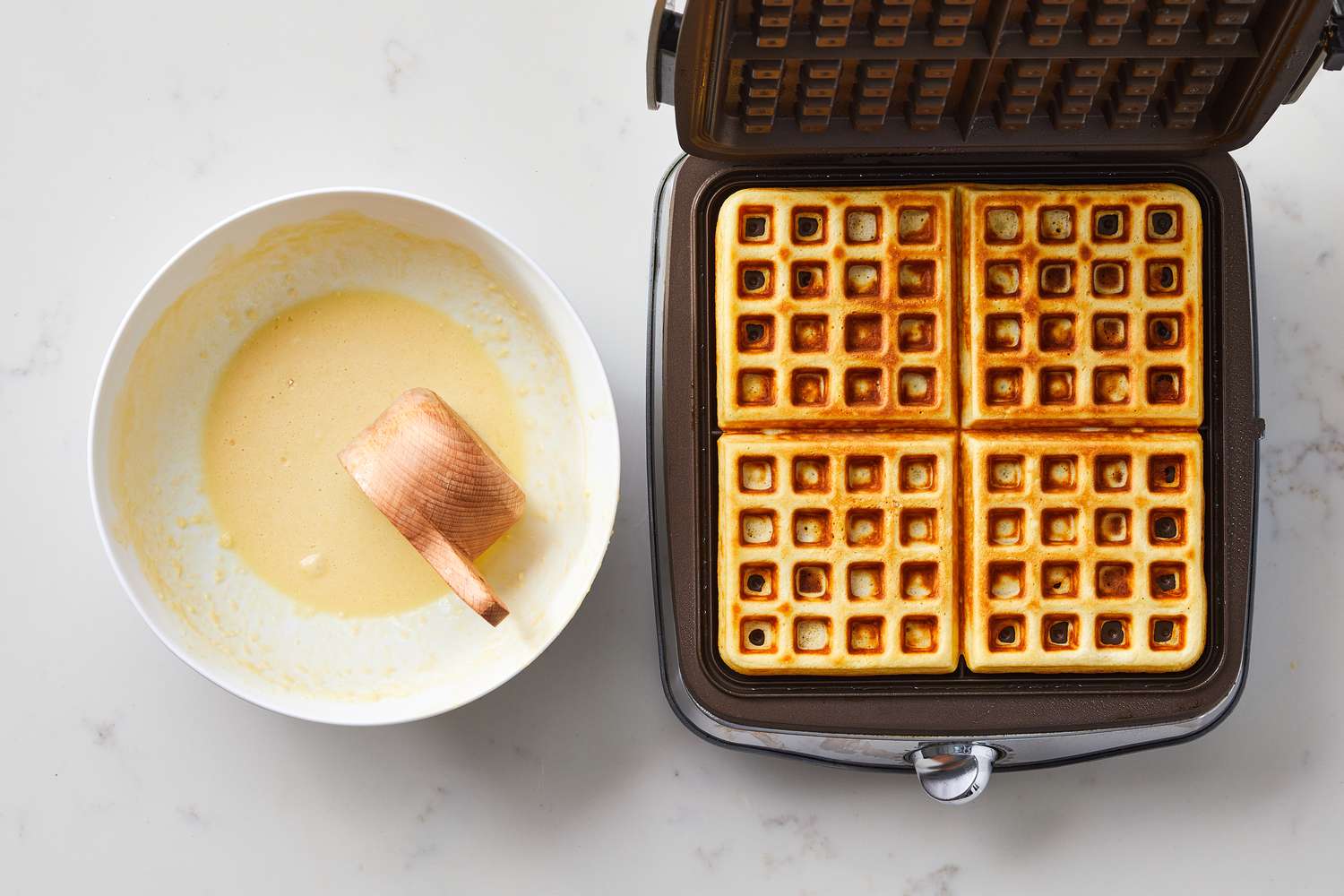
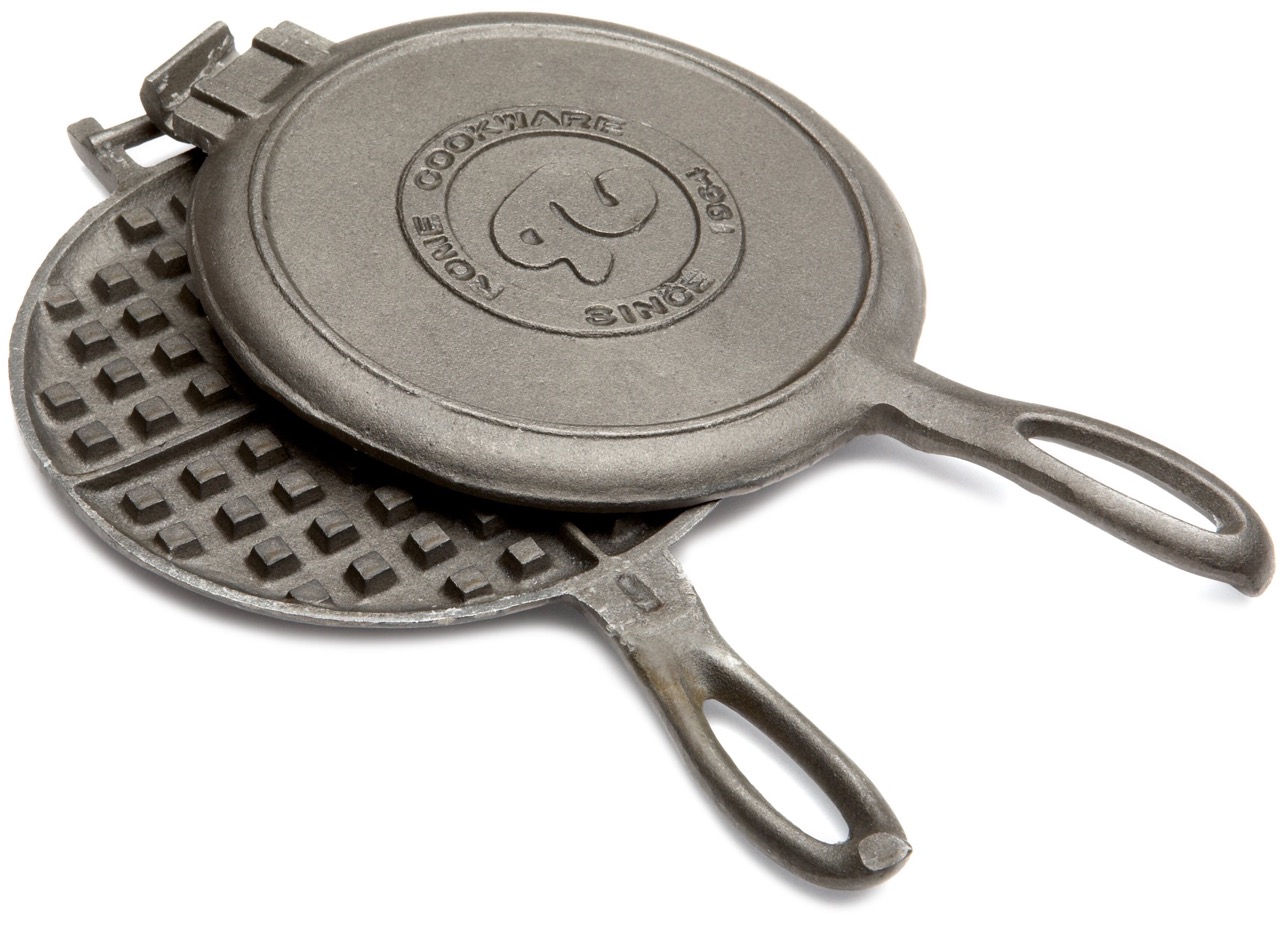
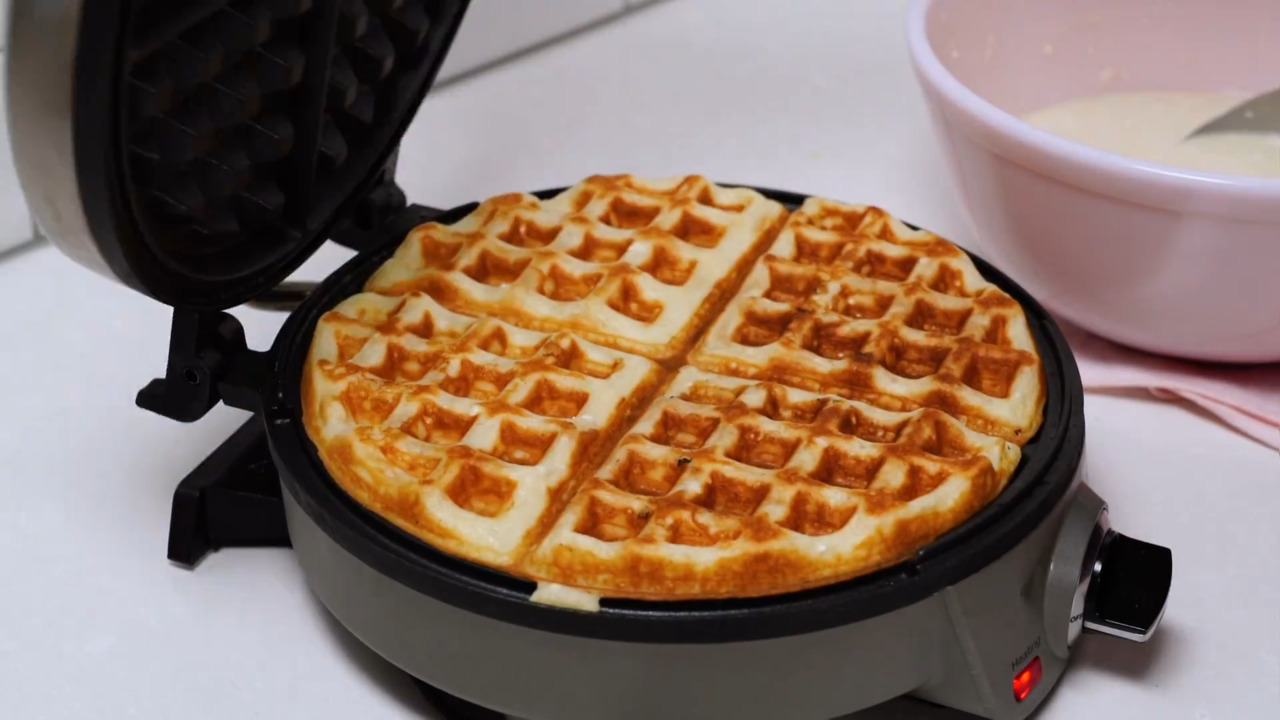
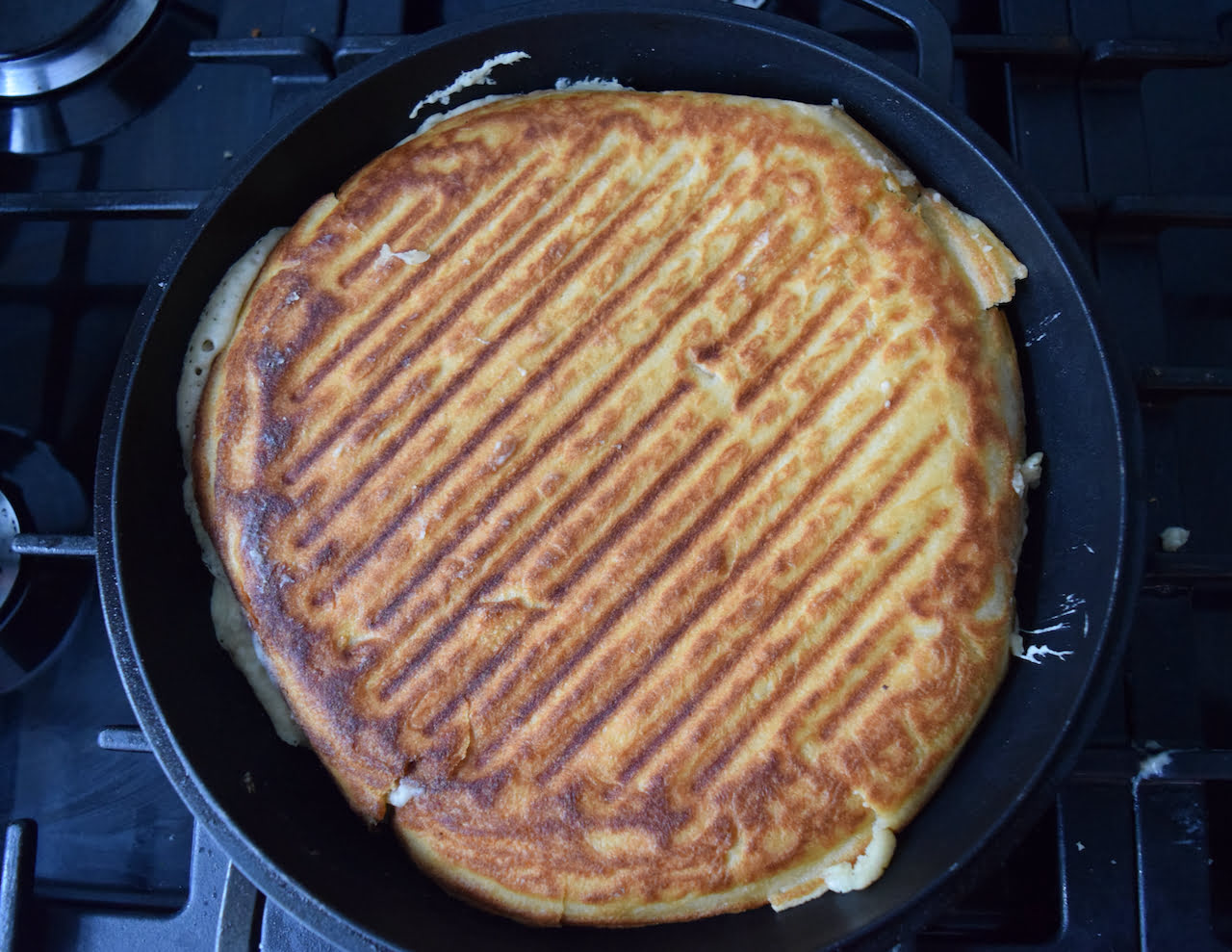

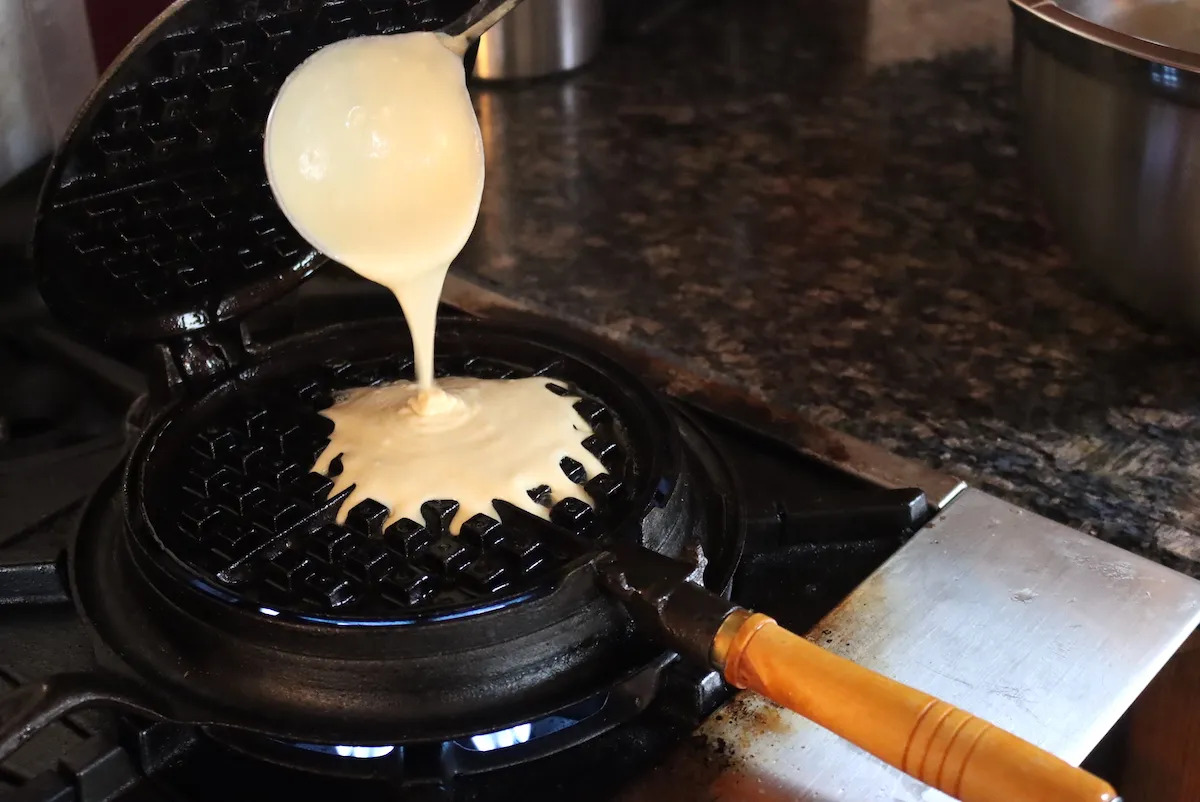
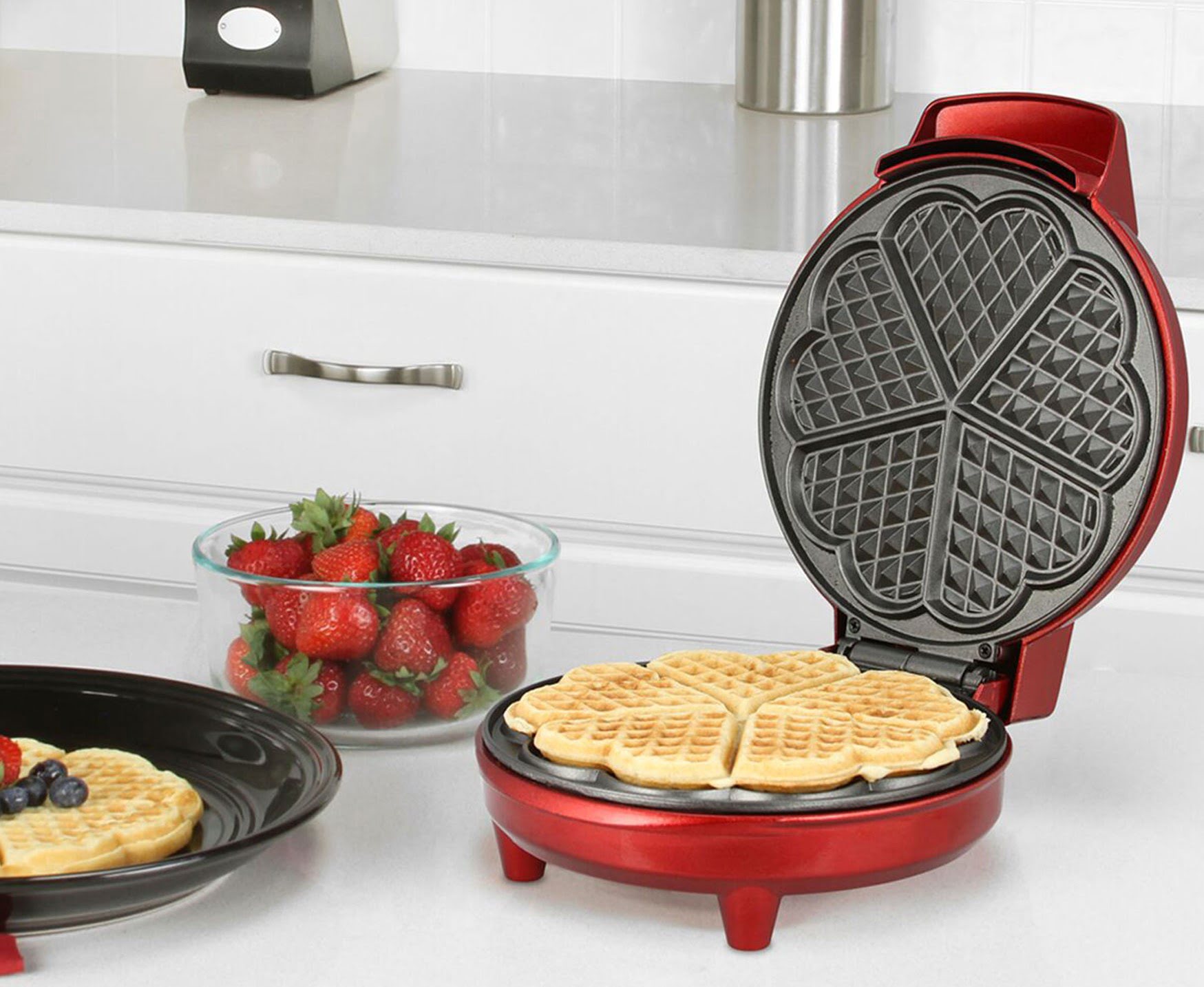
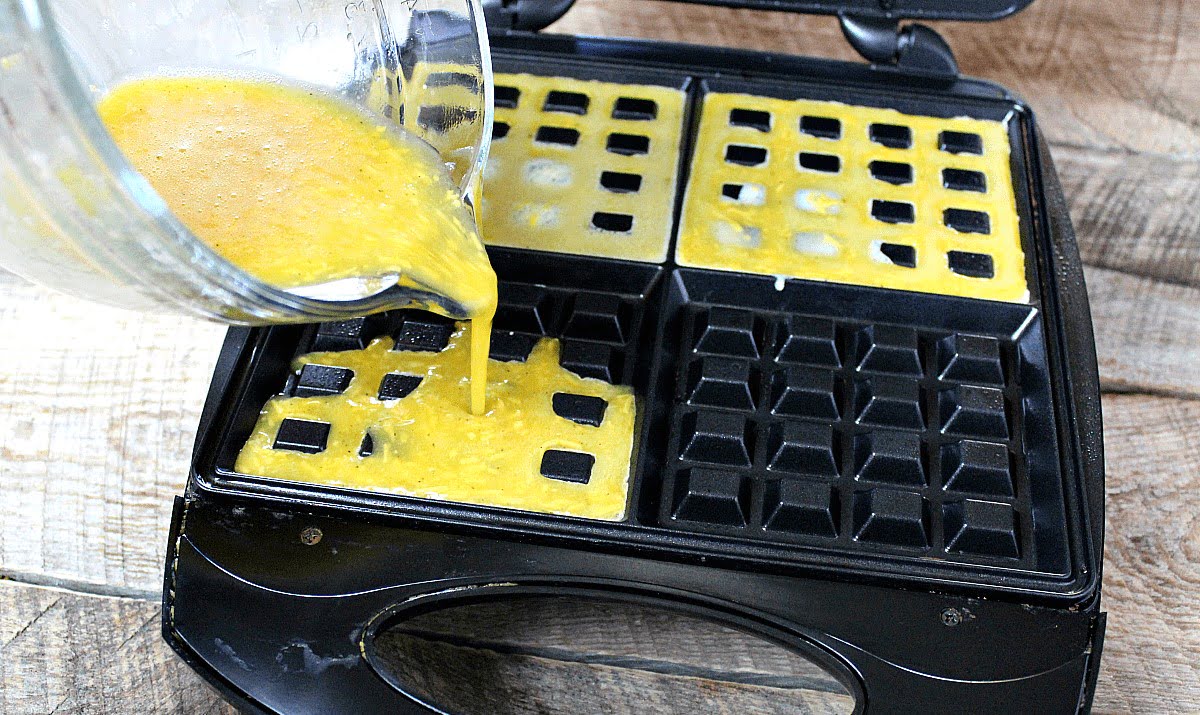

0 thoughts on “What Came First The Waffle Or The Waffle Iron”